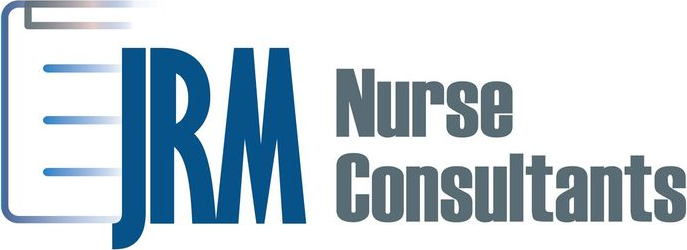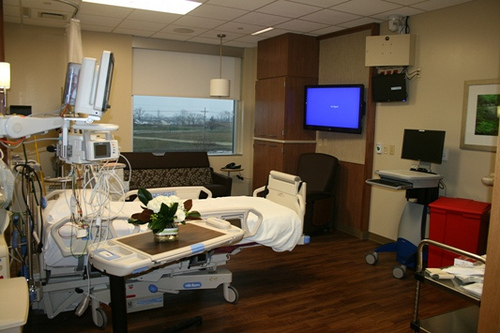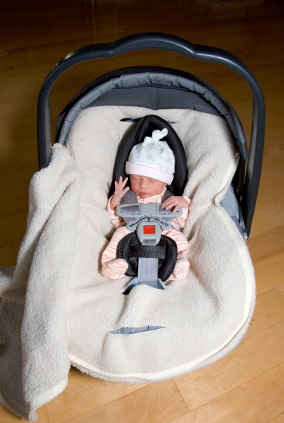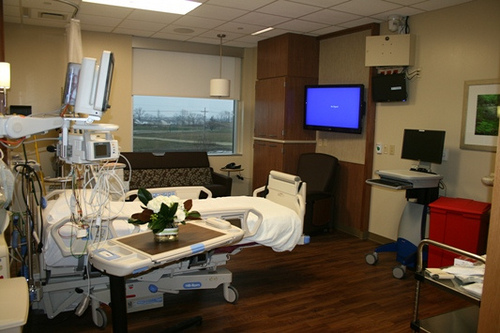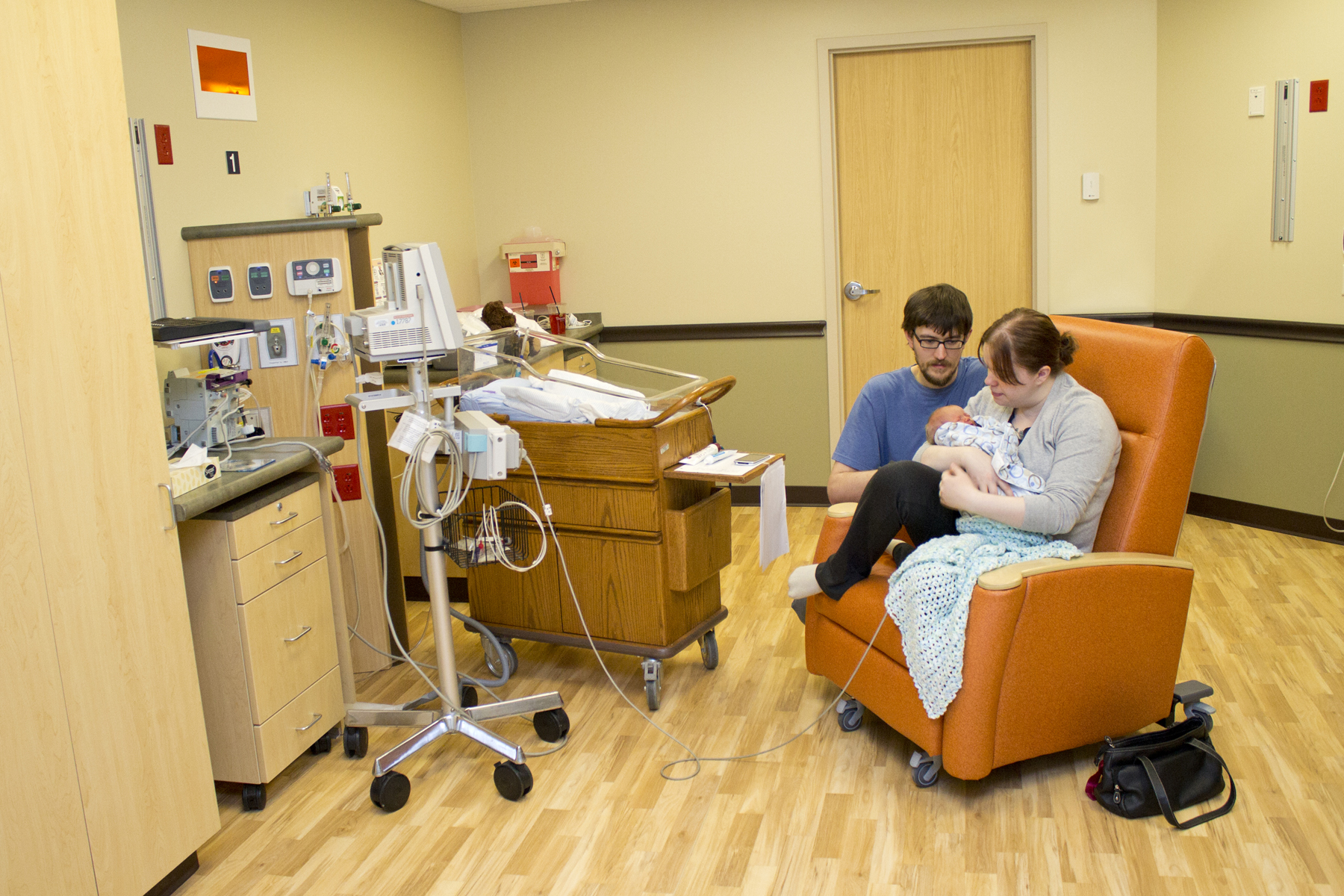In the Neonatal Intensive Care Unit (NICU) there are challenges that parents face when they are getting ready to be discharged to the home. The parents are asked to bring a car seat to the hospital to test if the baby is able to sit in the seat and travel safely home without complications. The parent is then asked to room in one night in a different room, with equipment that they will be using in their home, for example pumps for tube feeding, oxygen monitors as well as the medications that the baby is to receive. The parents are given a brief lesson on how the equipment works, as it will be what they use at home. The nurses let the parents know that they are a call bell away and they are left there to run the NICU for their baby for one night.
The underlying assumptions of these issues are lack of confidence to be able to take care of the baby, not enough information to really understand what all the machines do and a lack of practice time. Regarding this population, parents of premature babies, the argument that is most often heard is the parents have been in the NICU watching the nurses for the last 5-7 months as they take care of their infant. The reality of the argument is that yes, the parents have been there for 5-7 months however, they have been focusing on bonding and healing from their own wounds both physically and emotionally. When they go see the baby, they only want to bond and see their baby get well so that the baby can go home. They are not focused so much on how they are going to take care of the baby when they go home because in their hopeful minds, they are hoping for the best that the baby will go home without any equipment. These arguments that the hospitals state are factual when they state that they give parents the opportunity to learn and this is enough for them, in my opinion are not factual. The truth be stated, more education is needed geared towards the parents and the home life.
An alternative to sending the parents of premature babies with pamphlets on the care of each equipment and to call the pediatrician if they have any questions, would be a personalized discharge plan that starts during the stay of the baby. A discharge teaching planner that only works with the families when they are going home would be beneficial. Every parent should receive a binder when discharge planning is being talked about. This usually happens about a month before the baby is even ready to go home. This is the time when neonatologists are deciding if the babies are ready to go home and what they will go home with. Instructions with pictures in easy to understand language should be placed in the binder with one instruction tabbed for each piece of equipment, for each treatment and for the medications. This will allow the discharge planner to start preparing the parent of the possibilities of what to expect in the home. The next step is to get the parents to practice with the NICU nurse and respiratory therapist on how to do the various treatments and care for that baby. Allowing the parents to watch the nurse and return demonstrate the treatment as they will be doing at home, referencing the instructions from the binder and allowing them to ask questions and write down notes that will help them remember something would be helpful.
There are many types of learners and we as a population of nurses have to allow people to learn in a style that they feel comfortable in order for then to be successful parents taking care of their baby. The personal connection that I have to this population is that I am one of those parents that had a premature baby. My son was born at 27 weeks, 1lb 10oz. He stayed in the NICU for 5 months. I was very involved in my son’s care and status as a nurse, but there were many times that I was a mom first. The night that my husband and I roomed in, we were overwhelmed, we did not sleep with all the monitors beeping, alarms sounding for feeding and treatments needed. I thought to myself, this is very stressful even for an experienced nurse like myself. During my NICU stay as a parent I mostly cared about bonding with my baby and having him discharged to home as soon as possible. This is one of the reasons that my husband and I started a 501c3 charity organization called The Gift of Life. “The Gift of Life offers hope, encouragement and support to parents of premature babies and neonatal intensive care units.”(The Gift of Life, n.d., p. 1)
“Knowledge is followed by comprehension, the ability to grasp the meaning of material and exceeds the knowledge level. Comprehension is the lowest level of understanding. Application is the next area in the hierarchy and refers to the ability to use learned material in new and concrete principles and theories. Application requires a higher level of understanding than comprehension.” (Robert & Petersen, 2013, p. 85)
Robert, R. R., & Petersen, S. (2013). Critical Thinking at the Bedside: Providing Safe Passage to Patients . Med Surg Nursing, 22(2), 85–93. Retrieved from http://search.proquest.com.library.capella.edu/docview/1350295511?accountid=27965
The Gift of Life. (n.d.). http://www.thegiftoflife27.org/
Facbook page https://www.facebook.com/rosiesnursecorner/timeline
Written by Rosie Moore, RN, BSN, LNC
